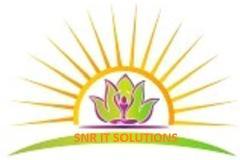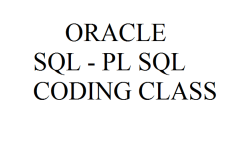Introudcution to Oracle SQL
- DML
- DDL
- TCL
- SQL*PLUS Reporting
Introduction to Oracle PL/SQL
- Data Types
- Anonymous Blocks
- PL/SQL Structures
- Cursors
- Table Types
- Record Types
- Bulk Processing
- TriggersÂ
- Procedures
- Functions
- Packages
An application that uses Oracle Database is worthless unless only correct and complete data is persisted. The time-honored way to ensure this is to expose the database only via an interface that hides the implementation details -- the tables and the SQL statements that operate on these. This approach is generally called the thick database paradigm, because PL/SQL subprograms inside the database issue the SQL statements from code that implements the surrounding business logic; and because the data can be changed and viewed only through a PL/SQL interface.
An application that uses Oracle Database is worthless unless only correct and complete data is persisted. The time-honored way to ensure this is to expose the database only via an interface that hides the implementation details -- the tables and the SQL statements that operate on these. This approach is generally called the thick database paradigm, because PL/SQL subprograms inside the database issue the SQL statements from code that implements the surrounding business logic; and because the data can be changed and viewed only through a PL/SQL interface.






